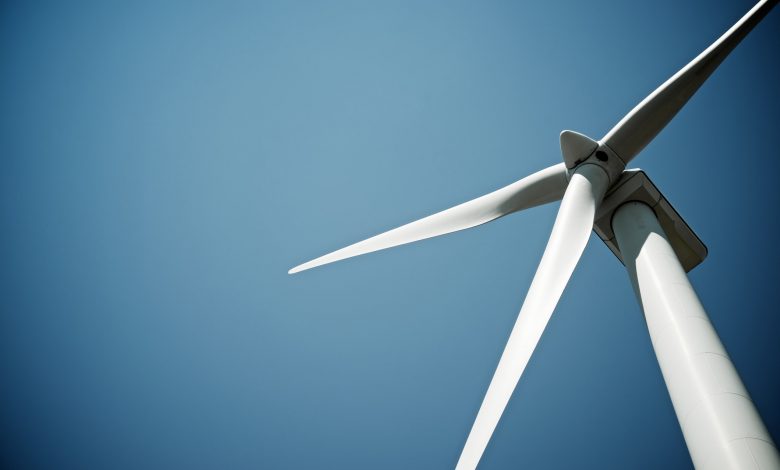Massive renewables scheme recommended for environmental approval

[ad_1]
pedrosala | iStock | Getty Images
A vast renewable energy scheme has been recommended for environmental approval by Western Australia’s Environmental Protection Authority (EPA).
The Asian Renewable Energy Hub is a planned development in the East Pilbara area of Western Australia. Set to cover 6,500 square kilometers of land, it’s envisaged that the project will produce as much as 15 gigawatts (GW) of wind and solar power, with as many as 1,743 wind turbines being used.
The project’s consortium is made up of CWP Energy Asia, InterContinental Energy, Vestas and the Macquarie Group.
The scheme’s website states that up to 3 GW of power will be set aside for energy users in the Pilbara area, while the “bulk of the power will enable large scale production of green hydrogen products for domestic and export markets.” According to the EPA, a subsea power cable will be used to send energy to both Indonesia and Singapore.
According to the International Energy Agency (IEA), hydrogen is a “versatile energy carrier”. Generating it does have an environmental impact, however. The IEA has said that hydrogen production is responsible for around 830 million metric tons of carbon dioxide each year. It’s within this context that the idea of green hydrogen, produced using renewable sources such as wind and solar, is so attractive.
In a statement published on Monday, the EPA said its recommendation for environmental approval was “subject to conditions including managing and monitoring impacts on migratory birds.” Other conditions include consultation on management plans with stakeholders that include traditional land owners.
Tom Hatton, the EPA’s chair, said that one of the key environmental issues considered by the EPA was, “the proposed clearing of 11,962 hectares of native vegetation, and its potential impact on fauna habitat, flora and vegetation.”
“The EPA also considered the potential impact from the construction and operation of four subsea cables on benthic communities and habitat, marine environmental quality and marine fauna,” Hatton added, noting that fire management was also considered a “key issue.”
The EPA’s report is now subject to a two-week public appeal period, which will end on May 18. A final decision on the proposal will be made by the relevant minister for environment.
While Monday’s news is a boost to the Asian Renewable Energy Hub, the scheme is still some years off. A final investment decision is expected in 2025, with construction slated for 2026 and the first exports expected in 2027.
Source link





